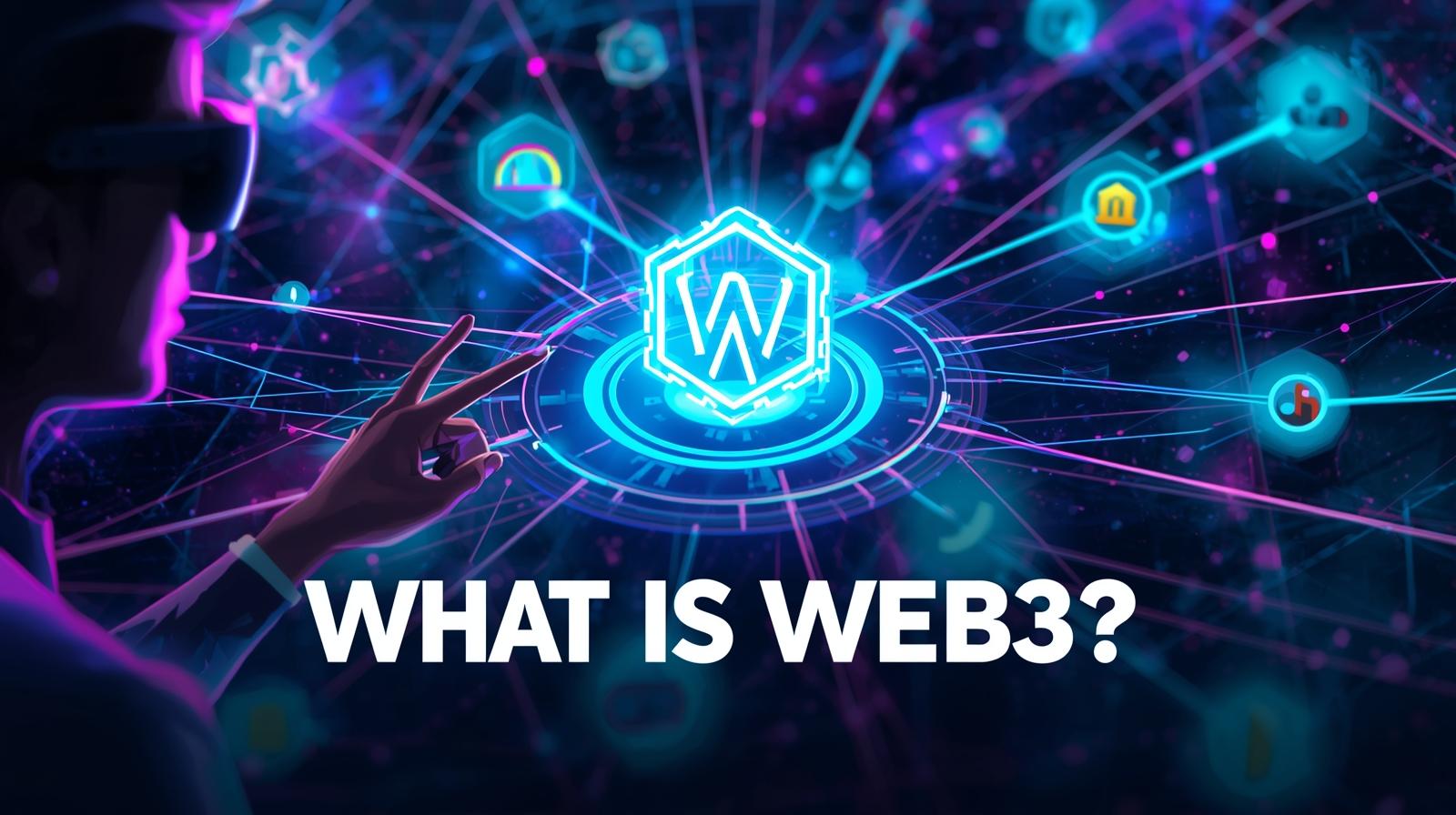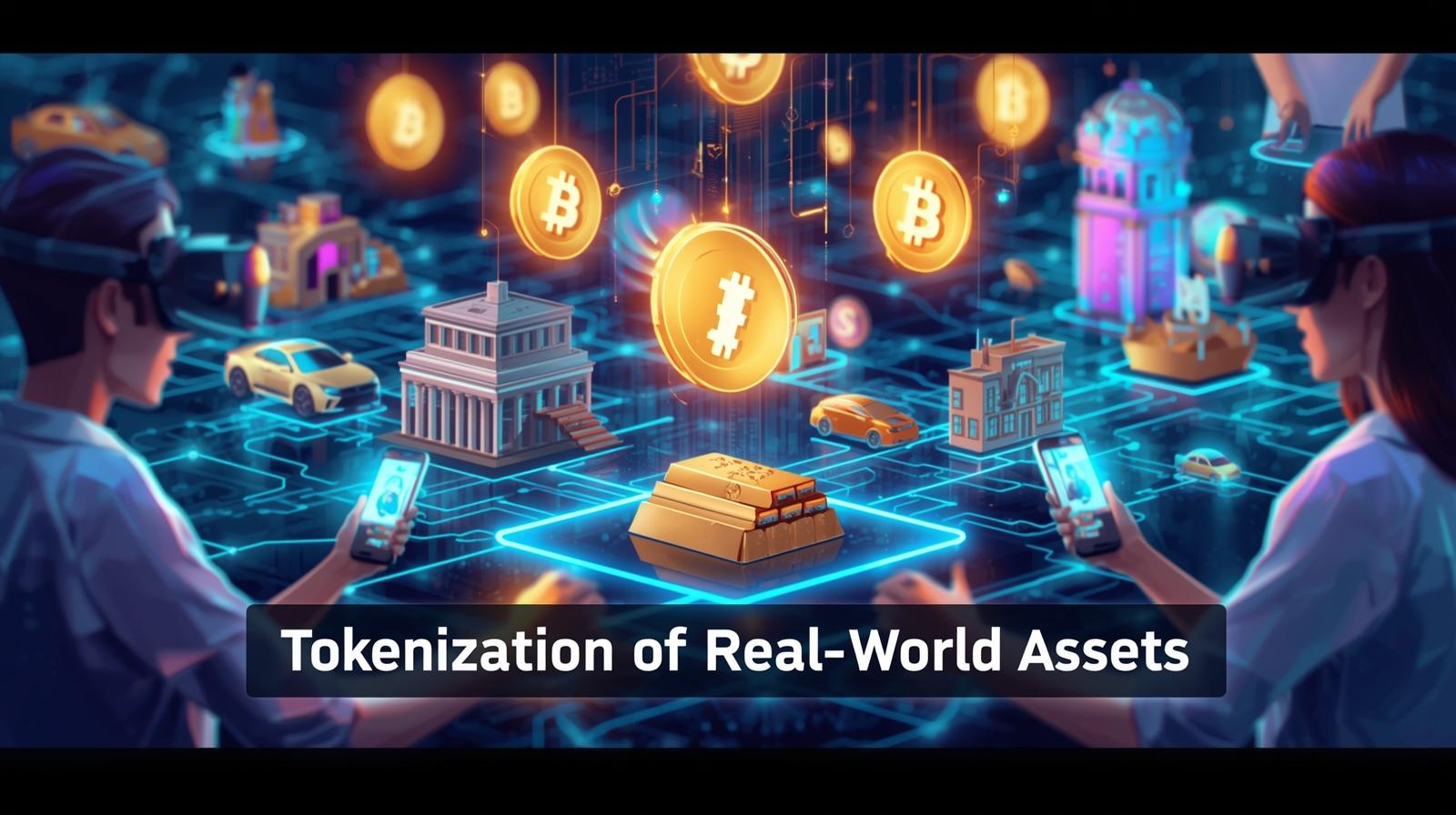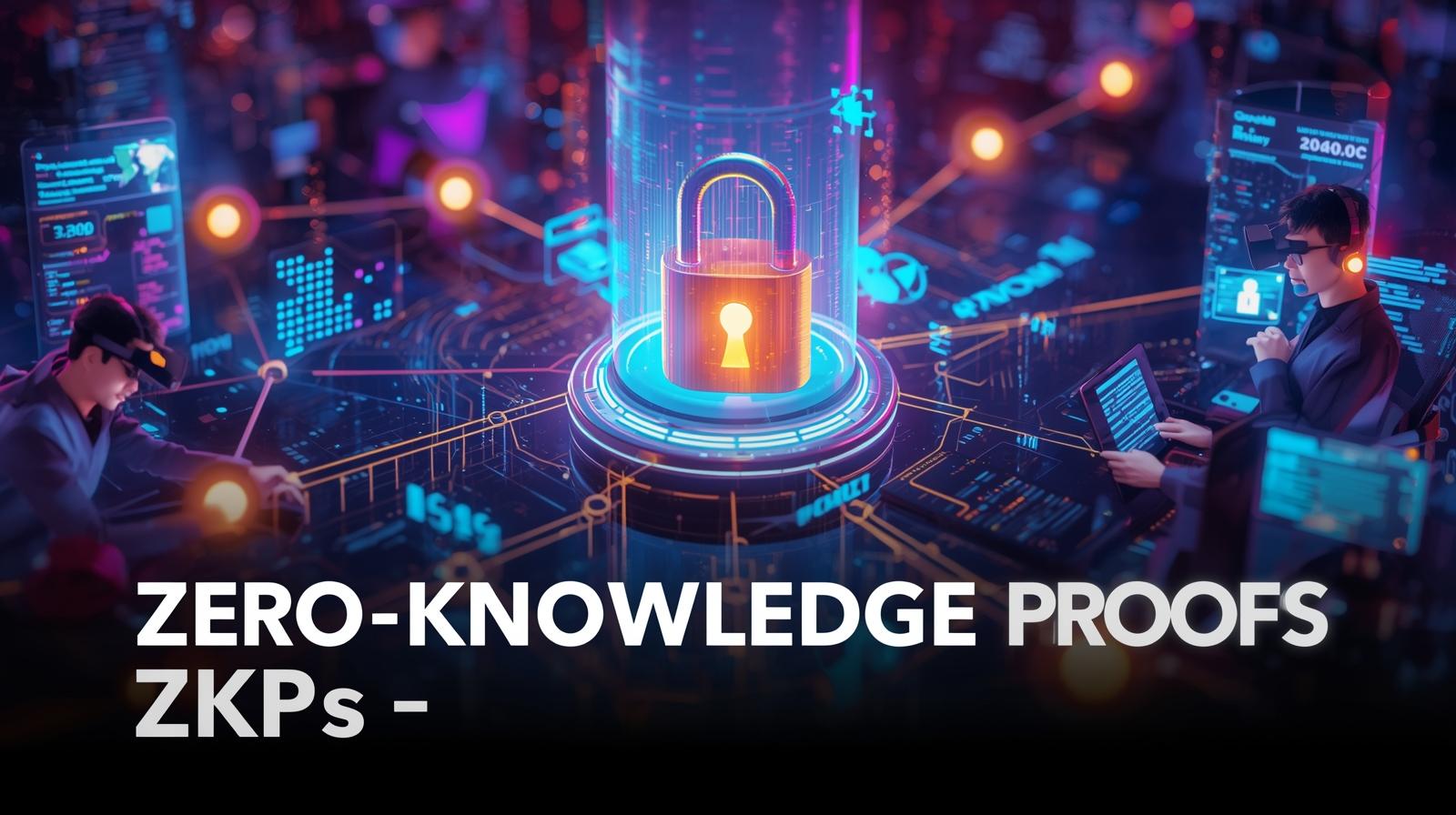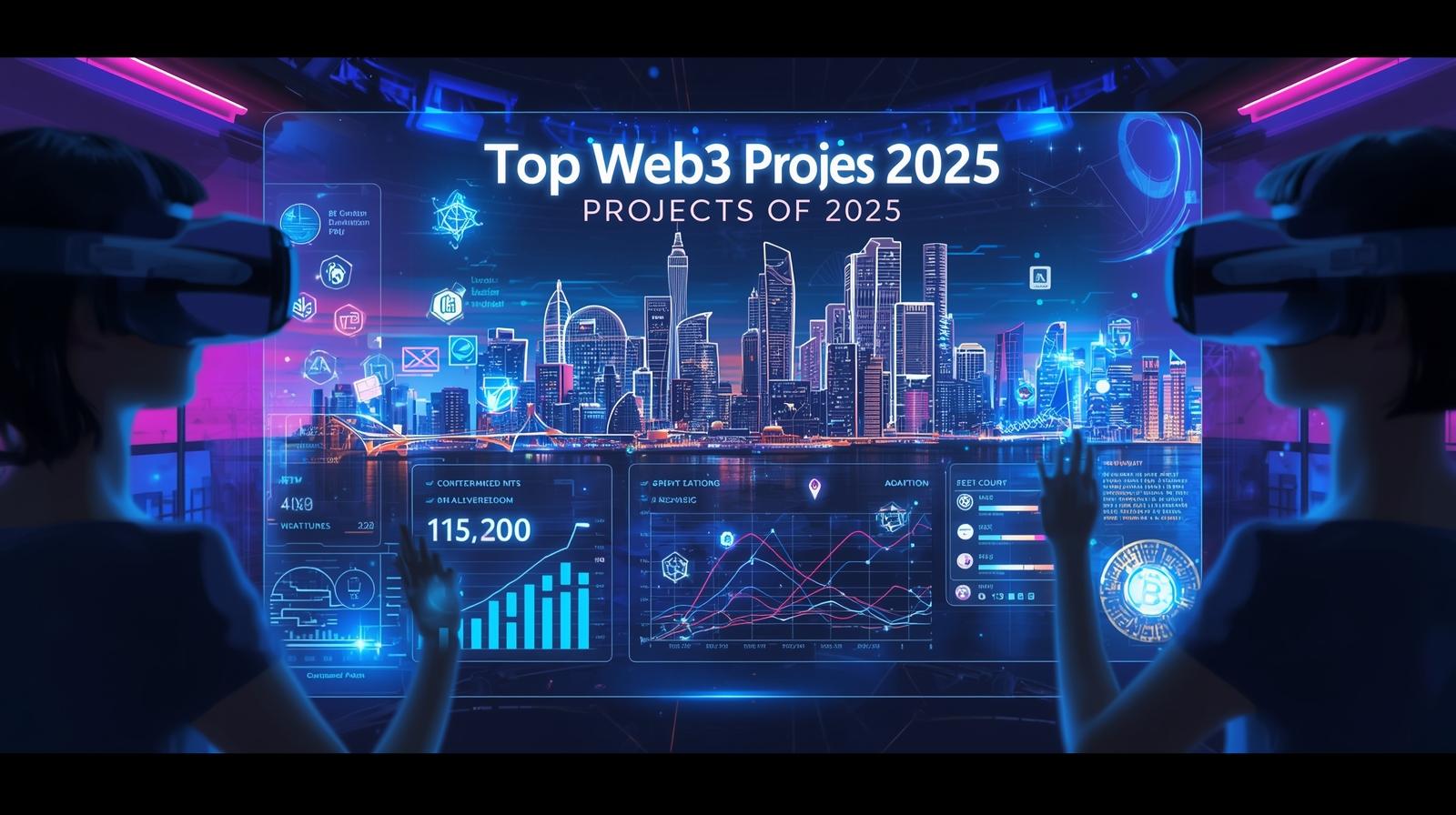The internet as we know it is constantly evolving. From the static web pages of Web1 to the social and interactive platforms of Web2, the online world has already undergone two major transformations. Now, a new paradigm is emerging—Web3. But what exactly is Web3, and why is it generating so much buzz?
Understanding Web3
Web3, or Web 3.0, is the next generation of the internet, focused on decentralization, blockchain technology, and user empowerment. Unlike Web2, where large tech companies control user data and platforms, Web3 aims to give control back to the users. This means individuals can own their data, participate in decentralized finance (DeFi), and interact on platforms without relying on centralized intermediaries.
Key Features of Web3
- Decentralization
Traditional platforms like Facebook or Google operate on centralized servers. Web3, powered by blockchain technology, distributes data across multiple nodes, reducing the control of any single entity. - Ownership and Tokenization
In Web3, users can truly own digital assets—including NFTs, cryptocurrencies, and tokenized real-world assets—without intermediaries. - Smart Contracts
Smart contracts are self-executing agreements encoded on the blockchain. They automate processes, making transactions trustless, transparent, and secure. - Privacy and Security
Web3 enhances privacy by reducing reliance on centralized databases that can be hacked or misused. Users control their own digital identity. - Interoperability
Web3 platforms are often open-source, allowing developers to build applications that interact seamlessly across different blockchain networks.
Why Web3 Matters
Web3 is more than just a tech trend—it represents a shift in how we interact online. From financial applications like decentralized banking to digital art through NFTs, Web3 has the potential to reshape industries. For example:
- Finance: DeFi platforms allow anyone to lend, borrow, or trade without a traditional bank.
- Gaming: Play-to-earn games let players monetize in-game achievements through NFTs.
- Social Media: Decentralized social platforms aim to give users control over content and data.
Challenges of Web3
While Web3 promises a more decentralized future, it faces significant challenges:
- Scalability: Many blockchain networks still struggle to handle large numbers of transactions quickly.
- Complexity: Understanding wallets, private keys, and blockchain networks can be overwhelming for newcomers.
- Regulation: Governments are still determining how to regulate decentralized applications and cryptocurrencies.
The Future of Web3
Despite challenges, Web3 adoption is growing rapidly. As technology improves, we may see a more democratic and user-centric internet, where individuals have greater control, privacy, and opportunities. Whether through NFTs, DeFi, or decentralized social networks, Web3 is poised to transform the digital landscape.
SEO Meta Description:
Discover what Web3 is, its key features, benefits, and challenges. Learn how Web3 is shaping the future of the internet with decentralization and blockchain.
SEO Keywords & Tags:
Keywords: Web3, Web 3.0, blockchain, decentralized internet, NFTs, DeFi, smart contracts, future of the internet, digital ownership, decentralized apps
Tags: #Web3 #Blockchain #Decentralization #NFTs #DeFi #SmartContracts #DigitalOwnership #FutureOfInternet #Crypto #DecentralizedApps



